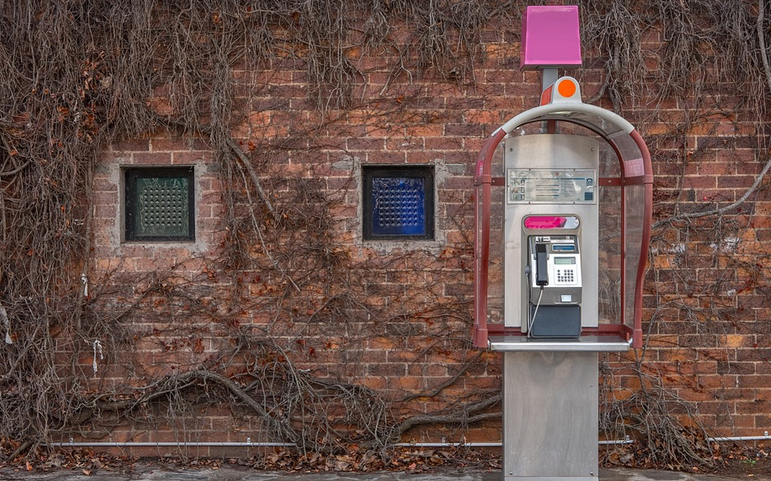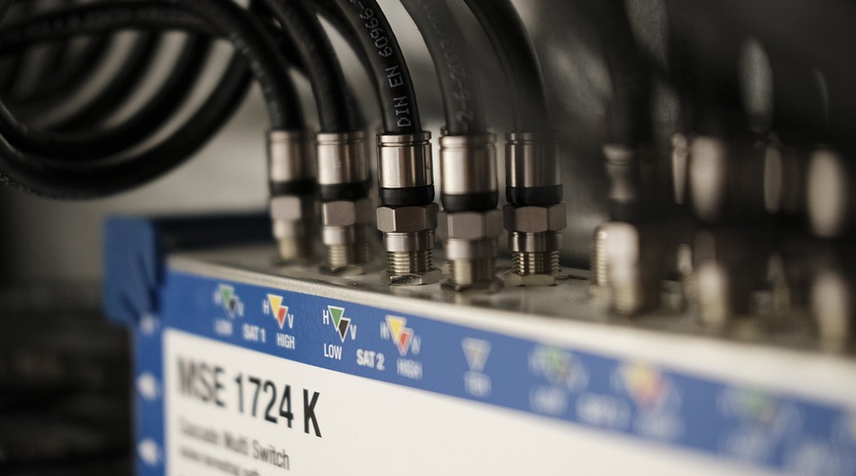Understanding the Price Tag on a Transmission Wiring Harness Replacement
When it comes to your car, particularly to its powertrain, things can get complicated. A complex network of components works together to ensure you have smooth and efficient driving experiences. One key part that often gets overlooked is the transmission wiring harness – the unsung hero of how your engine communicates with the transmission.
This seemingly simple device holds a crucial responsibility: conveying all the critical information needed for your car to shift gears smoothly, control acceleration, and even manage braking. However, just like any other vital component, this delicate network can wear down over time due to normal use or unforeseen circumstances. It might seem daunting to think about replacing it, but understanding how much that replacement could cost can definitely ease your worries.
Factors Influencing Transmission Wiring Harness Replacement Costs
Just like a custom-made meal where ingredients and portions vary, the price of a transmission wiring harness replacement is influenced by several factors. Let’s delve into these to get a better understanding.
**1. Your Car’s Make and Model:** Every car has a unique configuration that affects the complexity and cost of repairs. For example, a classic American muscle car might have a more intricately designed harness compared to a compact city car.
**2. The Level of Damage:** Are we talking about a minor issue like a frayed connection or something more severe like a damaged connector? A simple repair can be significantly cheaper than replacing an entire wiring harness.
**3. Labor Costs:** Not all mechanics are created equal. Some specialize in certain car brands and models, while others might offer broader services. The expertise of the mechanic will impact the labor cost, which is often a significant component in repairs.
**4. Part Quality: ** Just as with any other automotive repair, opting for original equipment manufacturer (OEM) parts can be more expensive but generally provide better reliability and longevity compared to aftermarket options.
**5. Additional Services:** If you need a complete transmission service along with the wiring harness replacement, it’s natural that the overall cost will increase. These services might include replacing fluids, filters, or components like solenoids.
Average Cost Breakdown for Transmission Wiring Harness Replacement
While there isn’t a universal price tag, we can give you a general idea of what to expect:
**Basic Repair (Frayed Wire):** $100 – $500
**Intermediate Repair (Minor Connector Issues):** $300 – $800
**Complete Replacement:** $500 – $2,500
.
**Note:** These price ranges are estimates and can vary significantly depending on the factors mentioned earlier.
Tips for Managing Costs
The good news is that you don’t have to be overwhelmed by this expense. There are several ways to manage costs:
**1. Early Detection:** Regular maintenance, including an inspection of your transmission wiring harness, can help identify and address issues early on before they become major problems. This preventive measure can save you a significant amount in the long run.
**2. Research and Compare:** Before you decide to have any repairs, it’s essential to research and compare quotes from multiple mechanics or repair shops. Don’t be afraid to ask for an explanation of their charges and what exactly is being done.
**3. Prioritize Essential Repairs:** While replacing the entire wiring harness might seem tempting, prioritize repairs based on urgency. If a minor issue can be addressed with some professional help, saving costs by focusing on those more critical points could save you time and money in the long run.
Conclusion: A Healthy Transmission for a Smooth Ride
The transmission wiring harness is an essential part of your car’s functionality. While replacing a damaged one might seem daunting, understanding its role and the associated costs can help navigate this process with confidence. Remember, regular maintenance and informed decision-making will ultimately lead to smoother rides and lower long-term repair costs.



